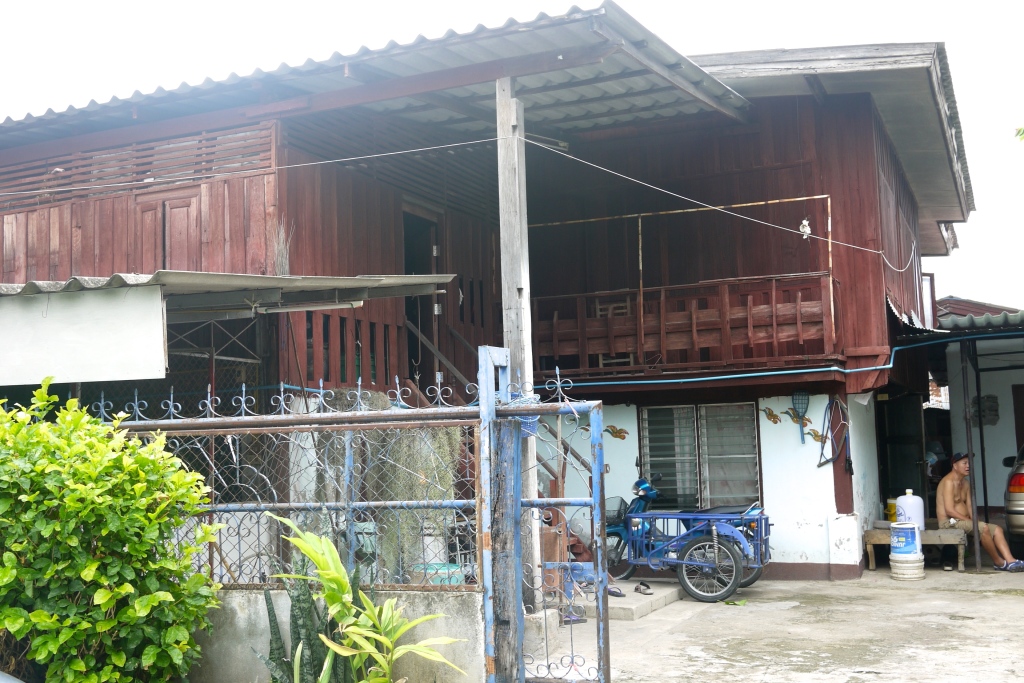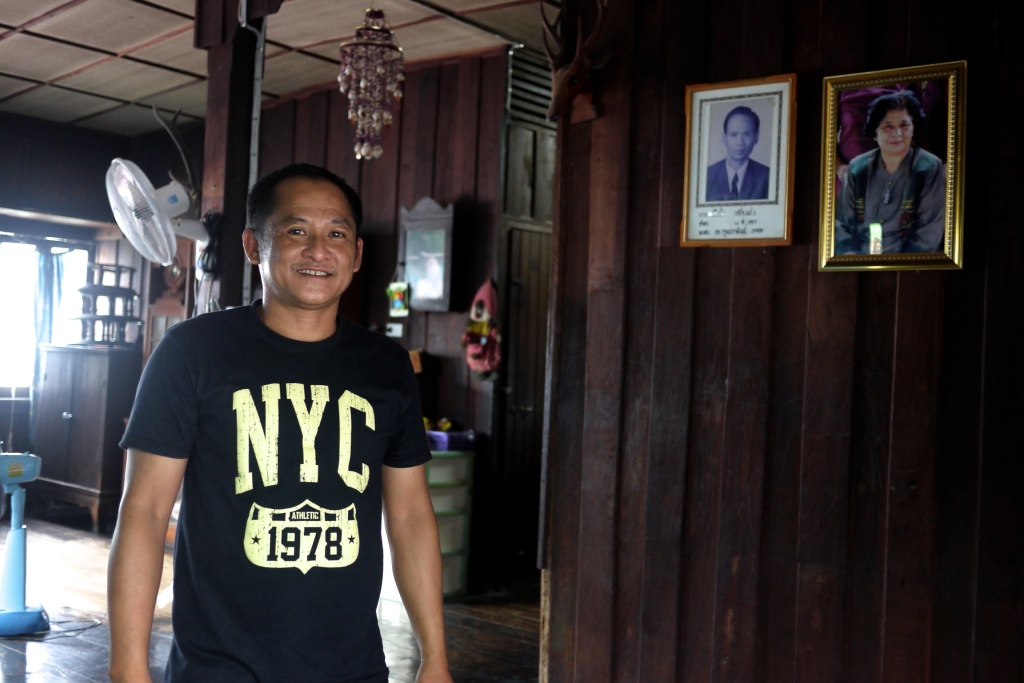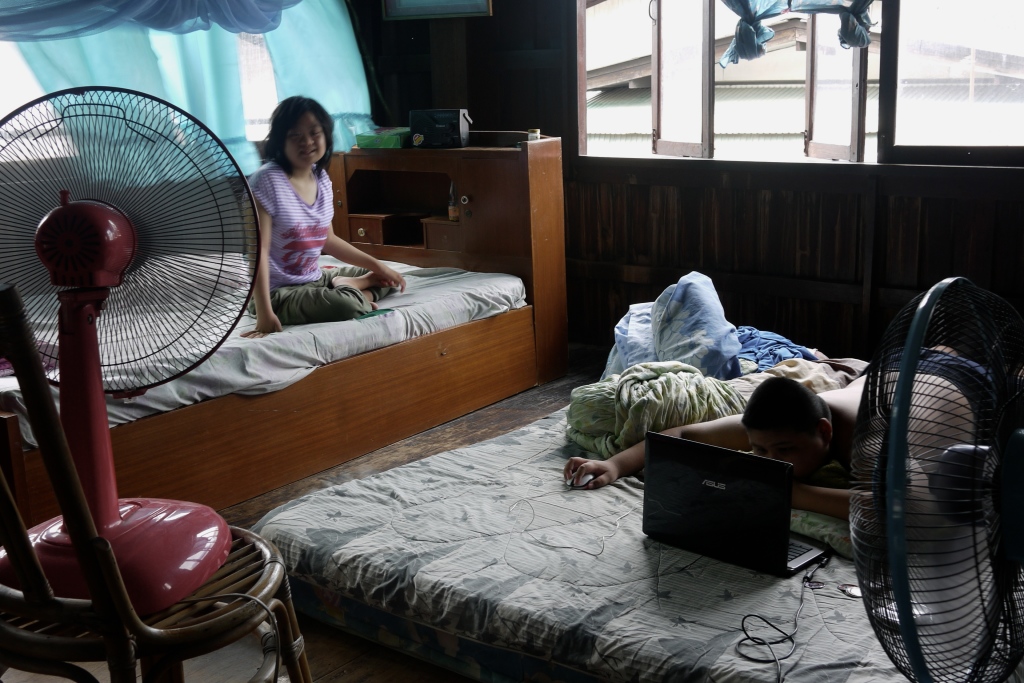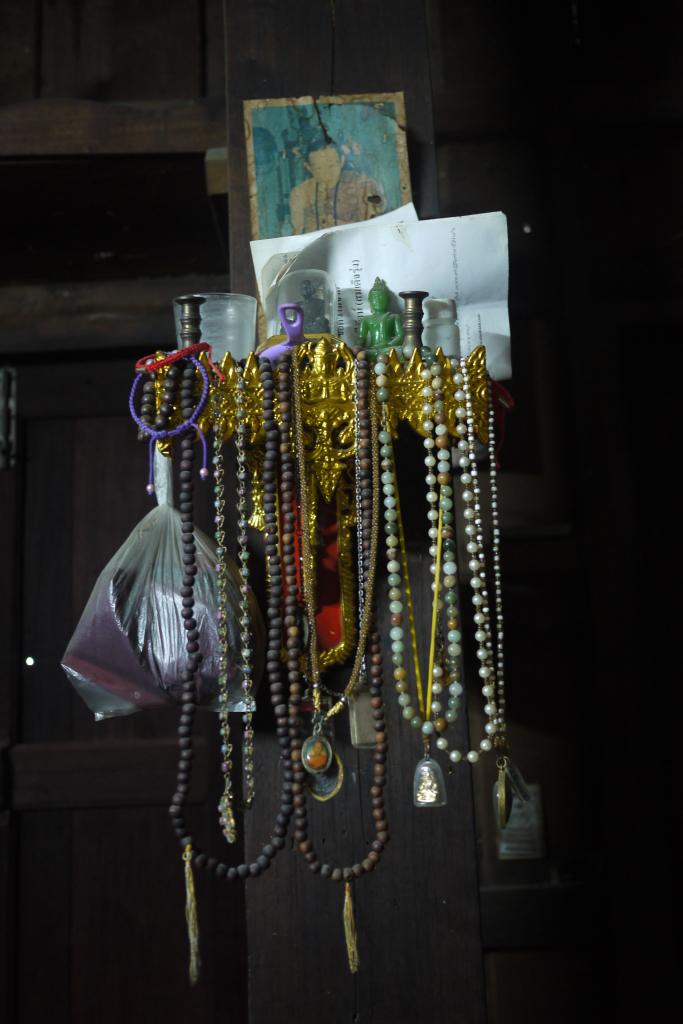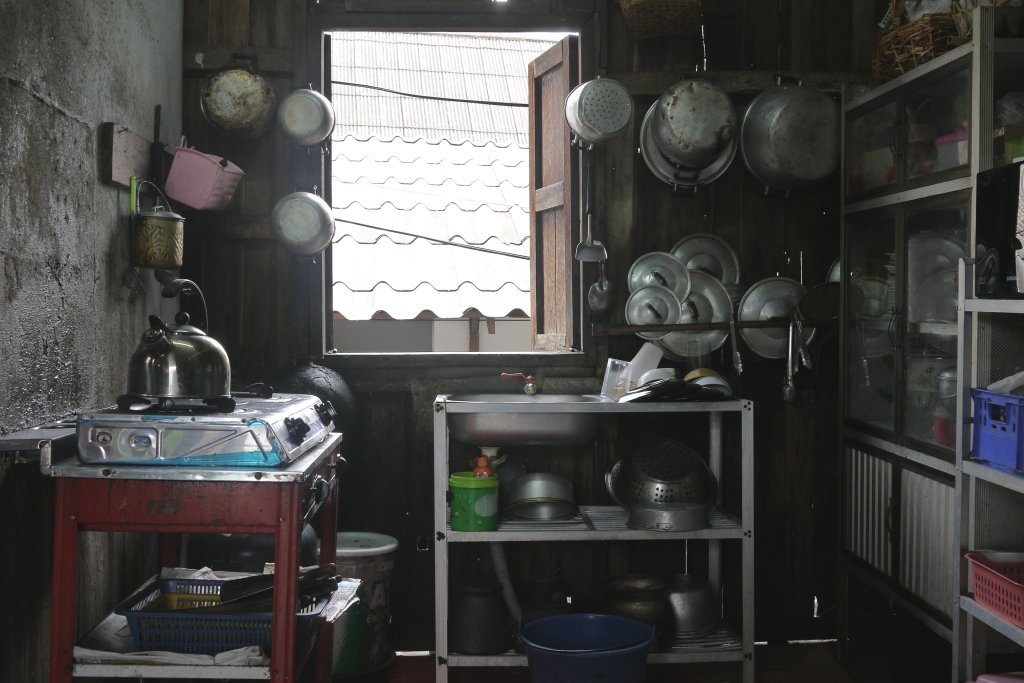Chiang Mai has experienced an unstoppable growth spurt over the past five years. According to the Bangkok Post, Chiang Mai’s property boom began with the 2011 floods in Bangkok, and the influx of Chinese tourists and investors has sustained transplants to Chiang Mai ever since. Not only were there 200,000 Chinese tourists to the city in 2014 alone according to the My Chiang Mai Exhibition, but foreign investors have come to see great potential in Chiang Mai properties, particularly with the emergence of ASEAN. There are opportunities galore, leaving many locals to wrestle with their personal interests and their ideals of keeping Chiang Mai ‘low key’ and running at ‘Chiang Mai speed’.
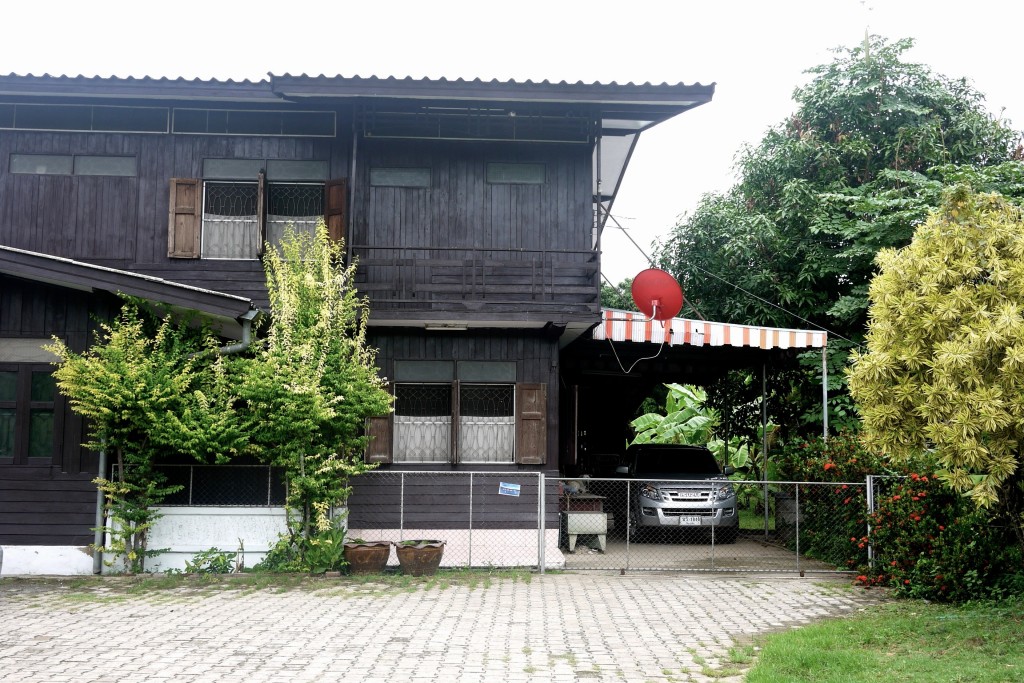
The soaring property prices lure many to sell their properties or assets in pursuit of something more economically viable. Muang district has seen the most dramatic increase in value, at a 49 percent increase in land prices in 2013, and Plus Property Co.,Ltd expects it to grow by 10-15 percent more in the near future. With plans for the fourth ring road, high-speed railways, and a highway that will serve as a gateway to China, the demand for inner city land won’t be shrinking anytime soon.
The moat is right at the heart of the urban land grab, where the laid back atmosphere is slowly disappearing and traditional homes are quite frequently transformed to guest-houses for out of towners. The well-kept lawns and habitually trimmed bushes of historic homesteads now connect with laundry mats, backpacker lanes and smoothie shacks catering to transient tourists and leaving less room for locals to live their daily lives. With such high demand for the real estate, many residents are convinced it’s no longer worth it to hold on to their homes.
In spite of this, some homes have remained the same, content in living their deep-rooted lifestyles amidst a whirlwind of change. We figured it was time for a touch base with some of those that live inside the moat, to catch a glimpse of their homes and the lives within them, and to see what has changed or held strong in the face of such developmental turbulence.
A House of Generations
“Excuse me, is this your house?” I asked while approaching an elderly man that seemed to be the owner of a dark brown traditional house off of Sripoom road. “No, no, this is my wife’s house,” he answered, welcoming me in. Its common practice for a husband to move into his wife’s household, and after his marriage fifty years ago, Nuan Supakoon (73 years old) followed suit. Gondkum (85 years old) inherited the land from her parents and grandparents who worked as craftsmen. Today, two of the couple’s seven children still live on the property. “My grandchildren live here, and when my great grandchildren and my great-great grandchildren come, they can also live here,” said Nuan.
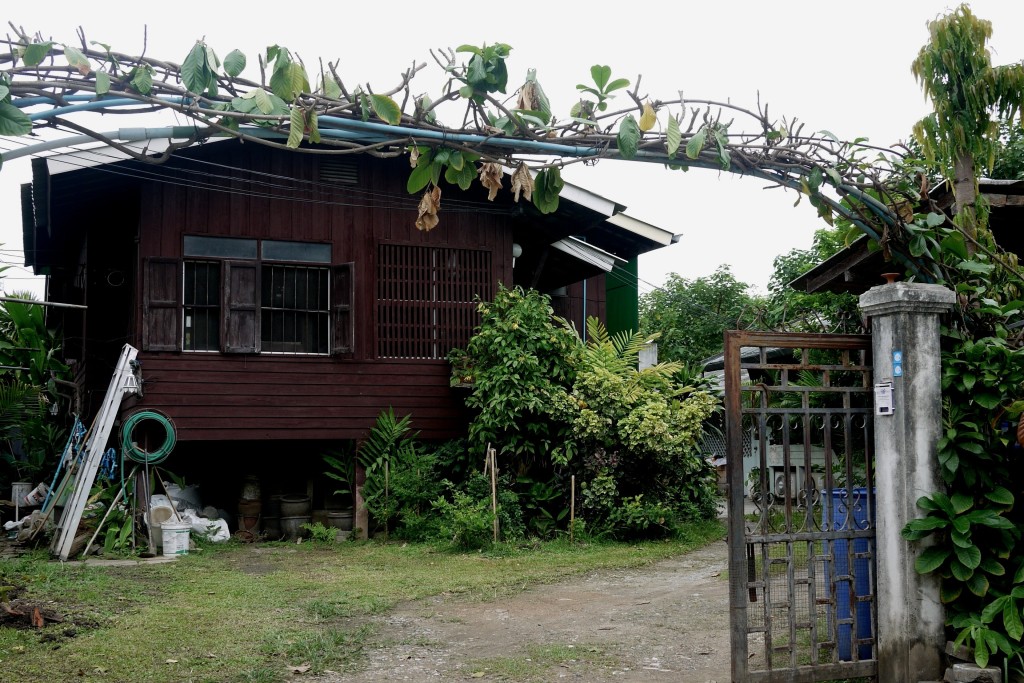
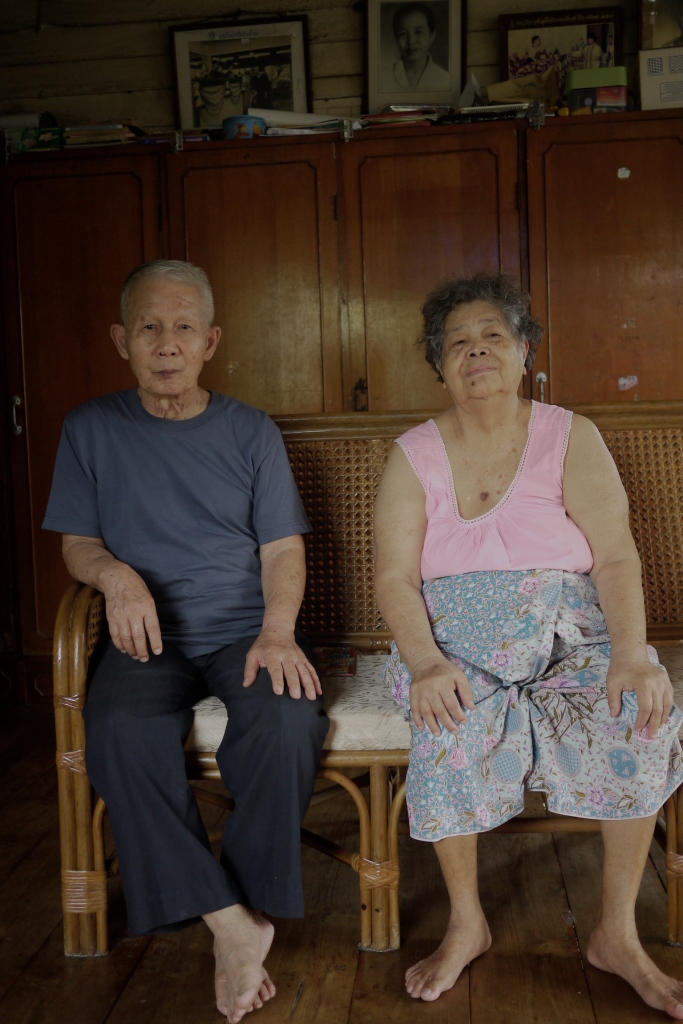
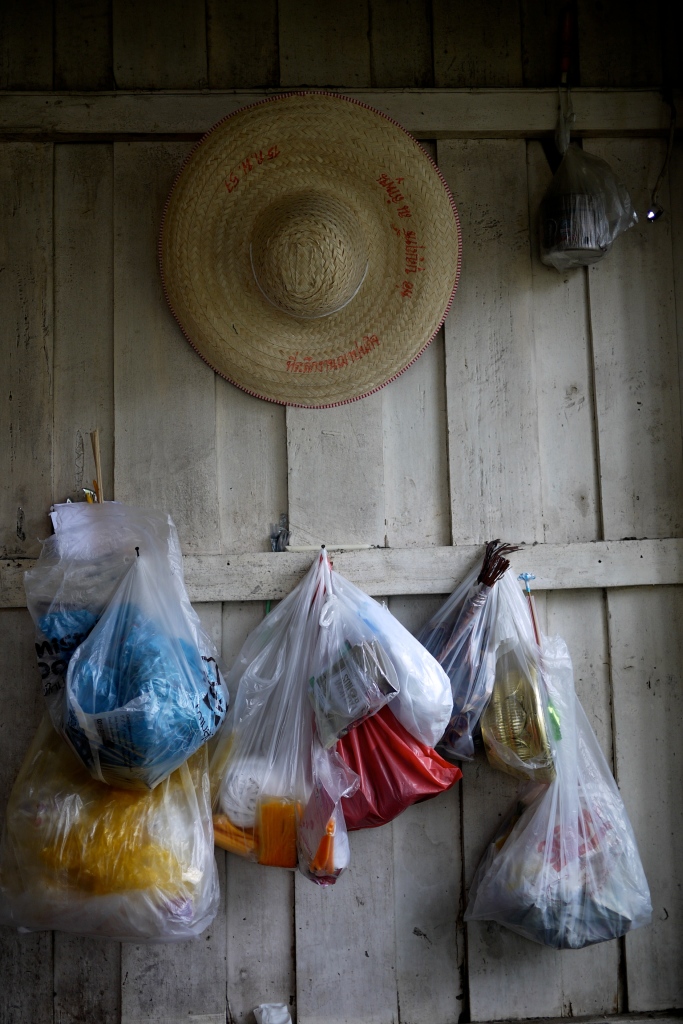
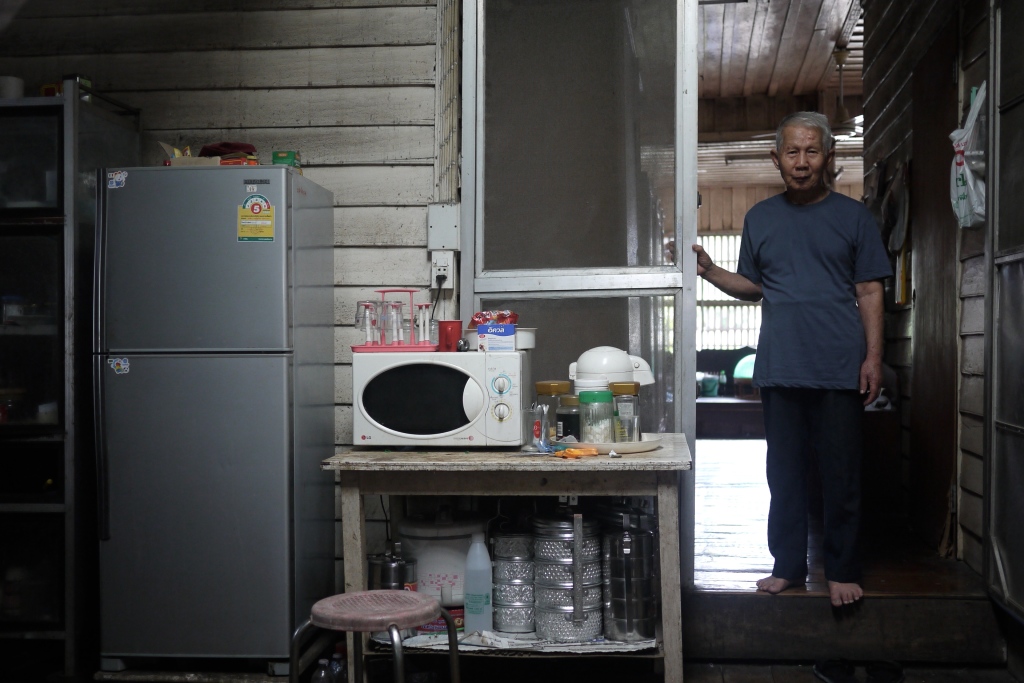
The same, but Different
Snug on a lane packed with shops selling “Thai food” and inner city backpacker’s budget hotels, lives Waraporn Suwansopon (88 years old) who was born and raised and lived in the same house all of her life. Her tidy home and ageless elegance contrasts with the surrounding neighbourhood. Waraporn grew up in a family of weavers and has continued the tradition herself. The existing house has been expanded via a cement structure that accommodates her five children and their families. As government officers, her children are able to support the cost of the house with their pension. Waraporn recalls that in her childhood, the lane was lined with wooden houses with no fences in between; and she ran freely from one house to another.
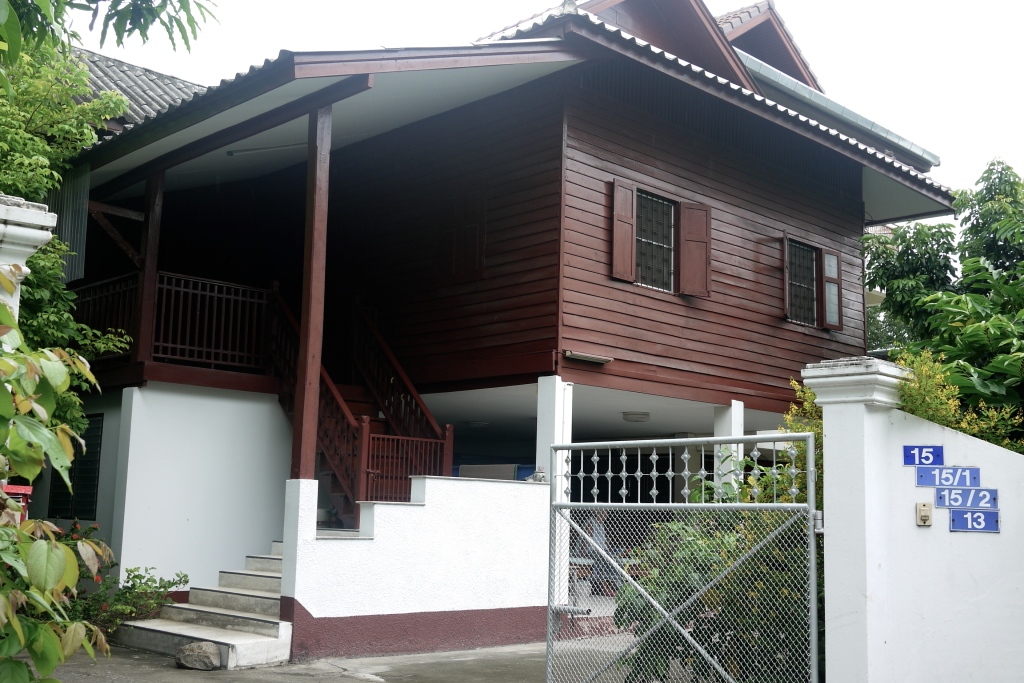
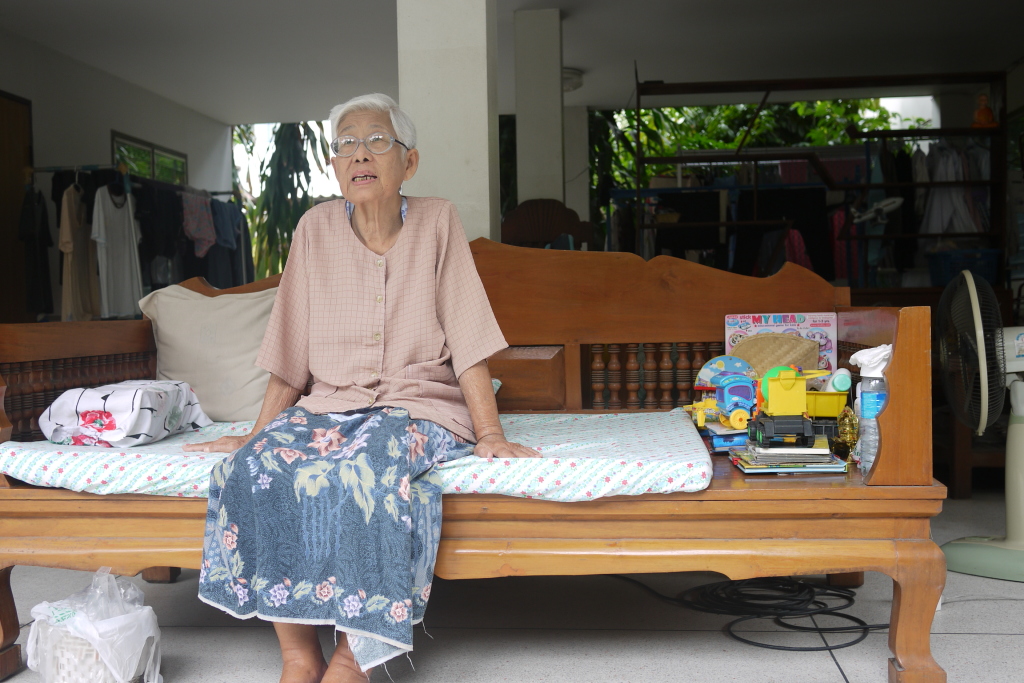
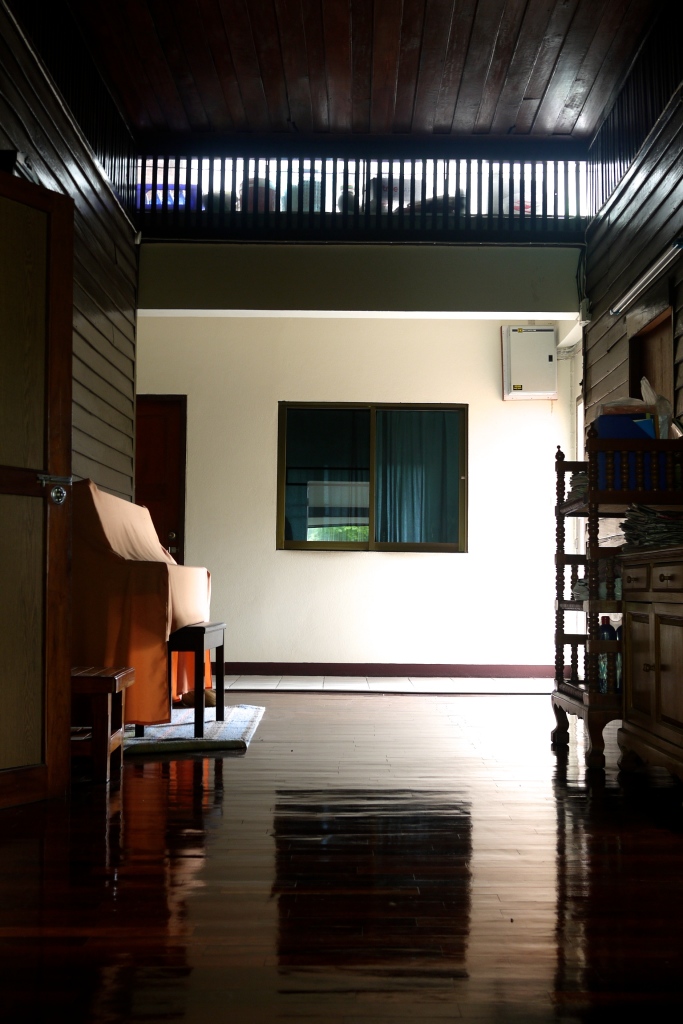
500 Baht
Surrounded by an eye sore of construction sites sits the humble home of Krueagaew and Goeson Muensrima. Krueagaew works under the house with her laundry business, while Goeson provides tour services in French. The brother and sister have lived all their lives in the same home. “My parents probably bought this land for 400-500 baht… I wouldn’t want to move anywhere else because I was born and raised here,” Kueagaew says as she irons down the pleats of her client’s dress. Years ago Kueagaew used to chat away with visiting neighbours among the tall bamboo trees that lined the Moon Muang lane. Now, she adorns the homes’ spirit house with fresh green leaves daily, and feels at peace with the watchful portraits of their ancestors and loved ones protecting the house from evil.
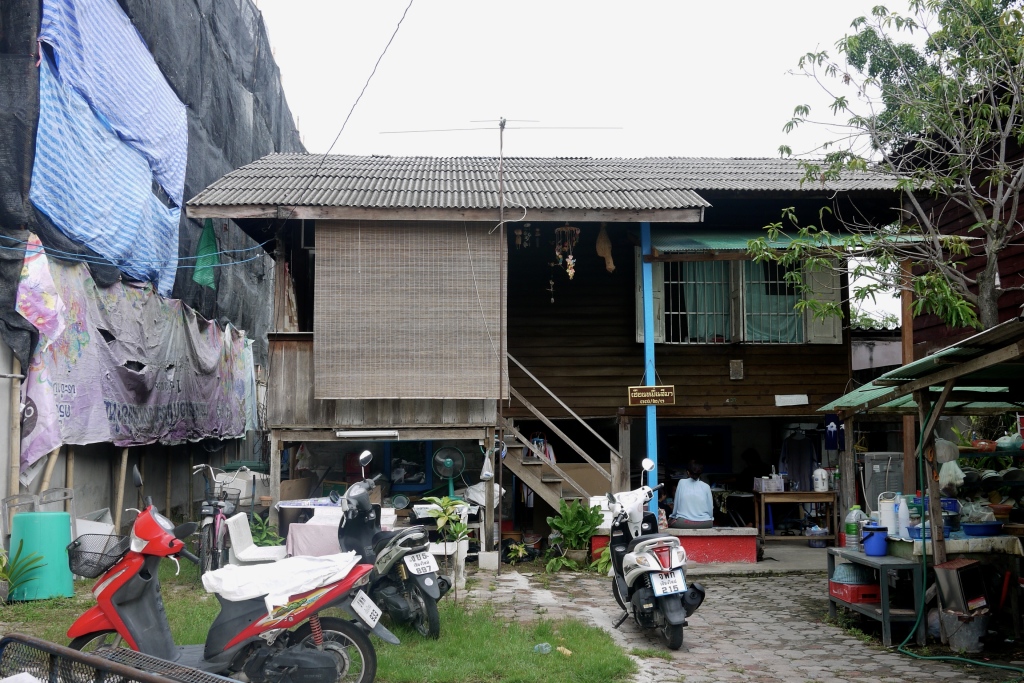
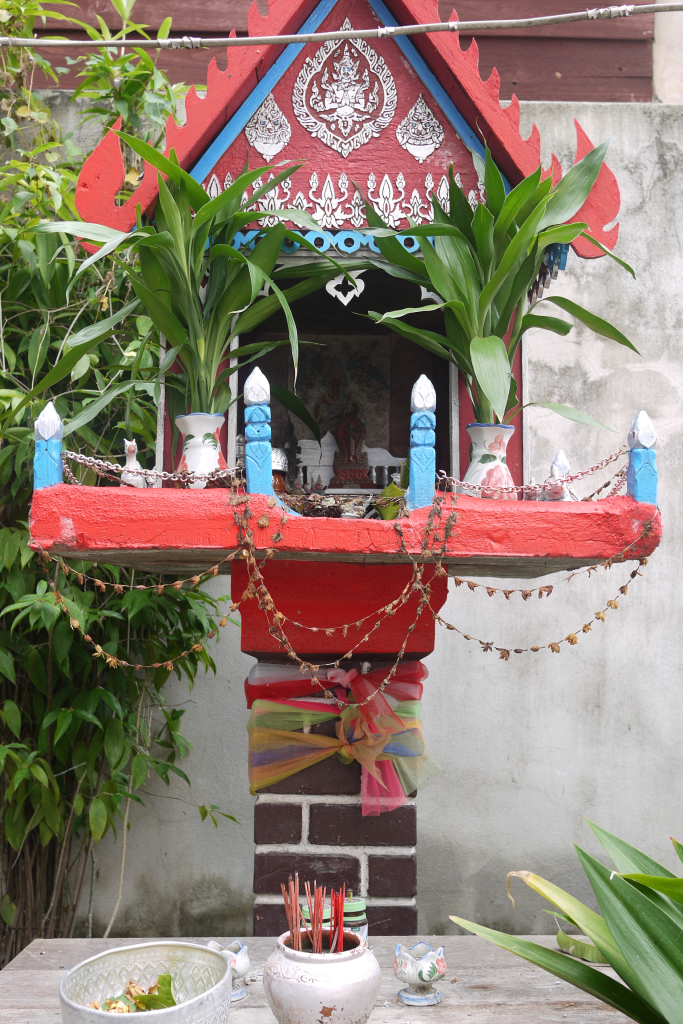
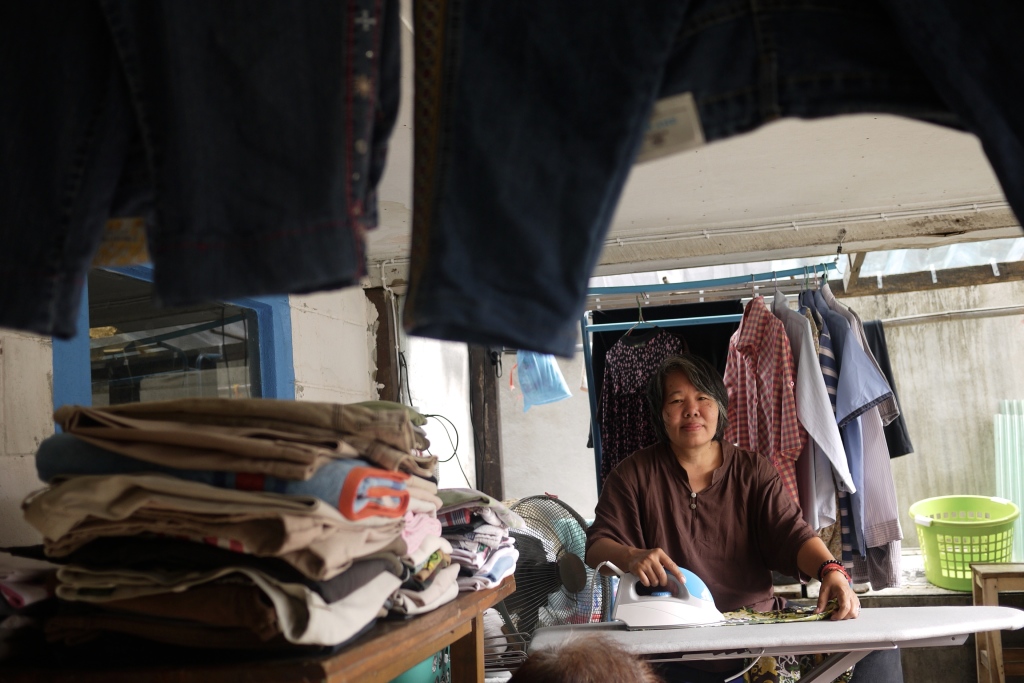
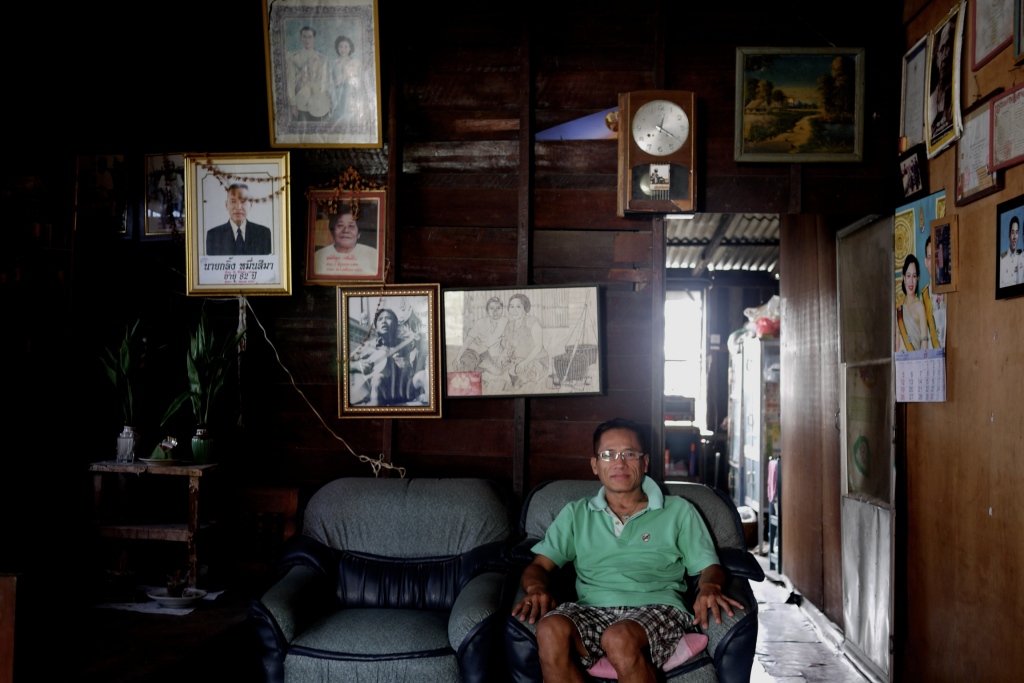
The Chanmisri Sisters
Meet the Chanmisri sisters; Dr. Saisawat, Nongyao, and Praorin Chanmisri. Their beautiful teak house was passed down from two generations back, and is now decorated with their handiworks. Their grandfather served as a tax collector for the northern royal family, and now lives close by. The sisters are three out of ten children, but the only ones that still live in the house. Over the years, the adjacent forest has been replaced by boutique hotels. “Selling would be easy. But no, we want to keep this land,” said Praorin.
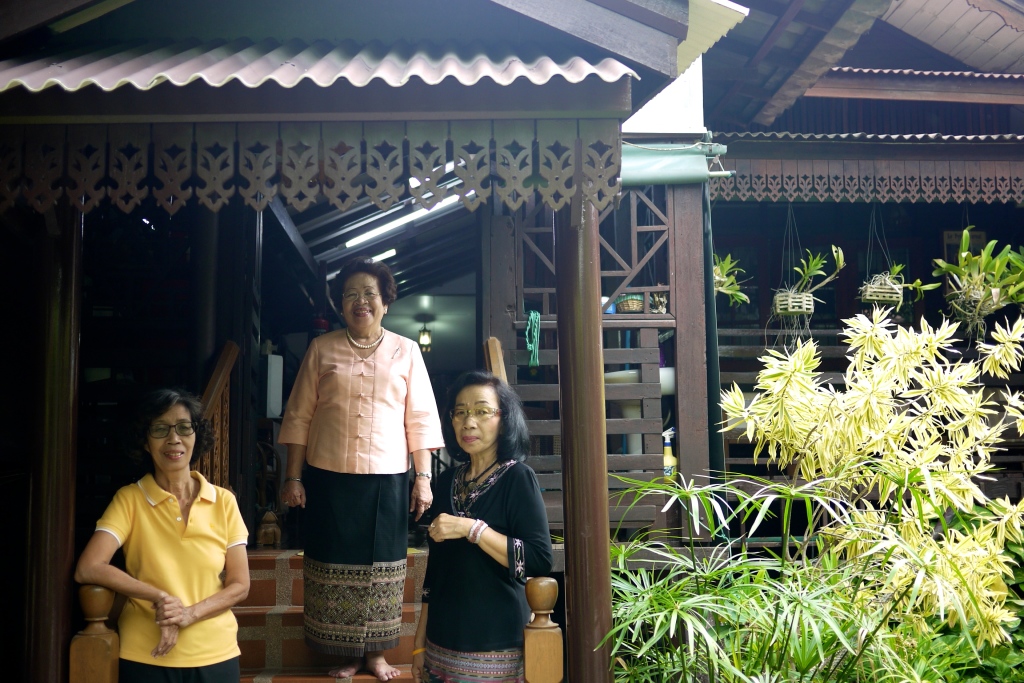
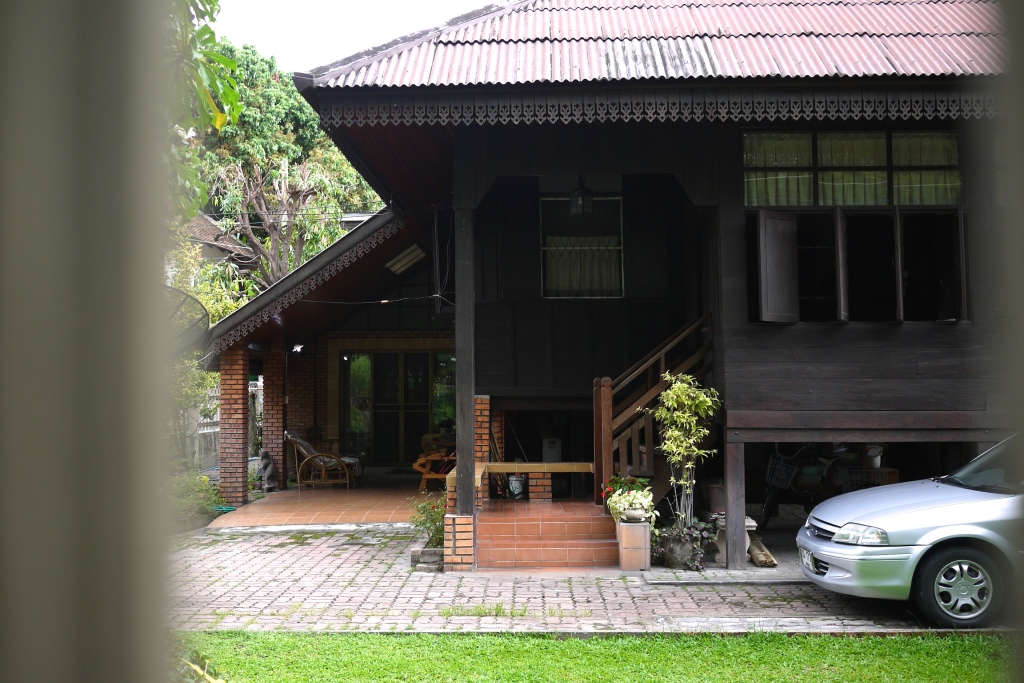
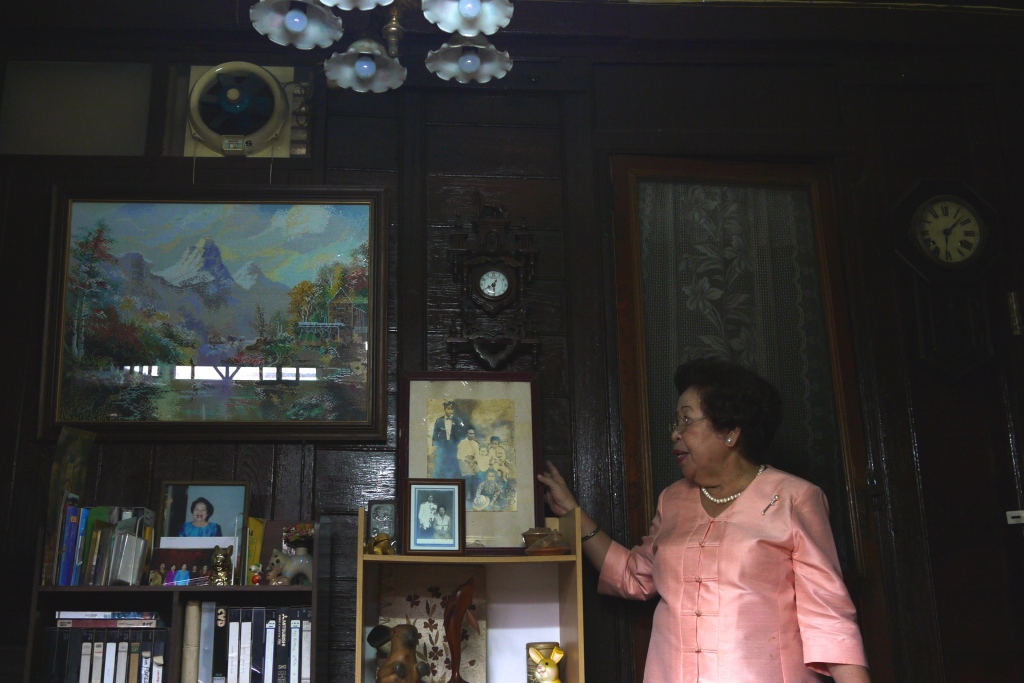
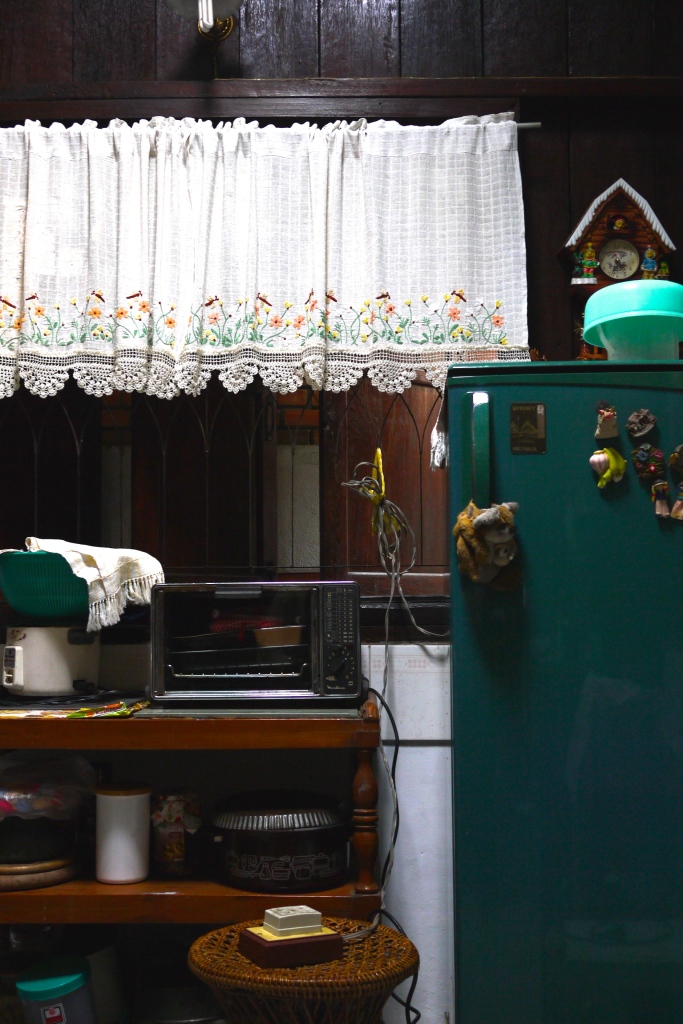
Suntorn
Suntorn Fackthong decided to rent out his yard for people to park their motorbikes fifty years ago when he started renting this house. Native to Phitsanulok, he came to study in Chiang Mai and never left. “I live alone,” he said. This quiet man spends most of his day outside the house with a television as his companion.
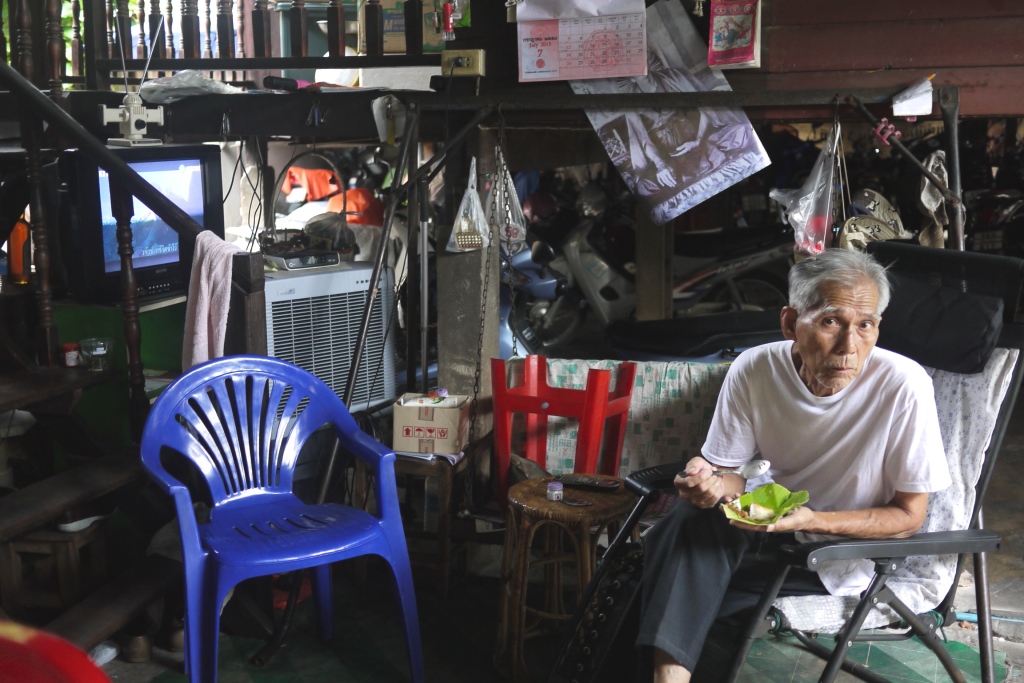
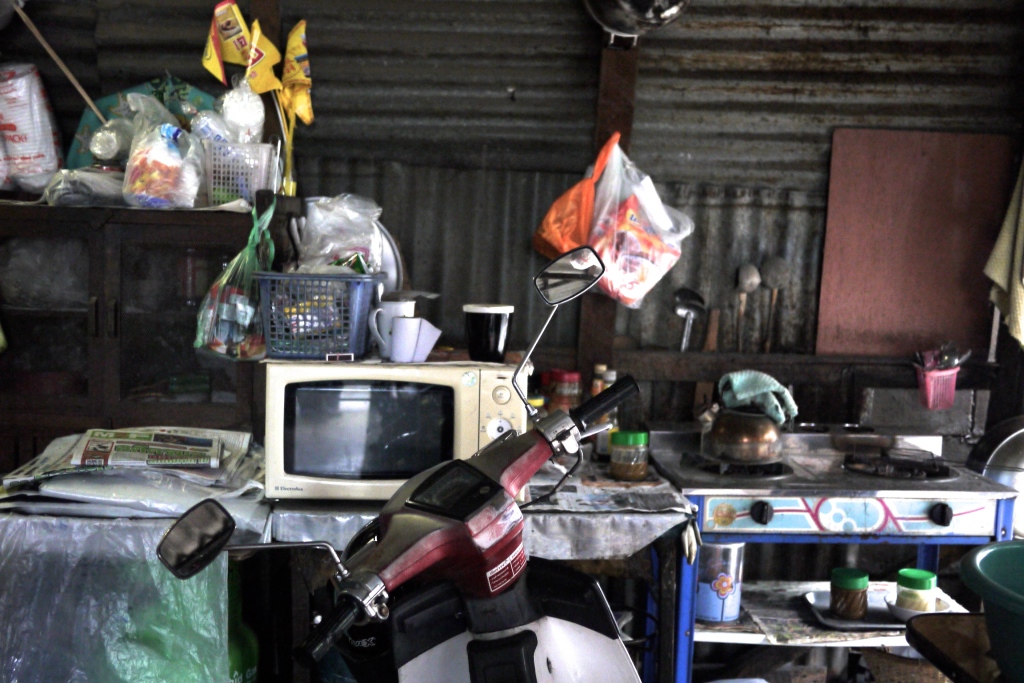
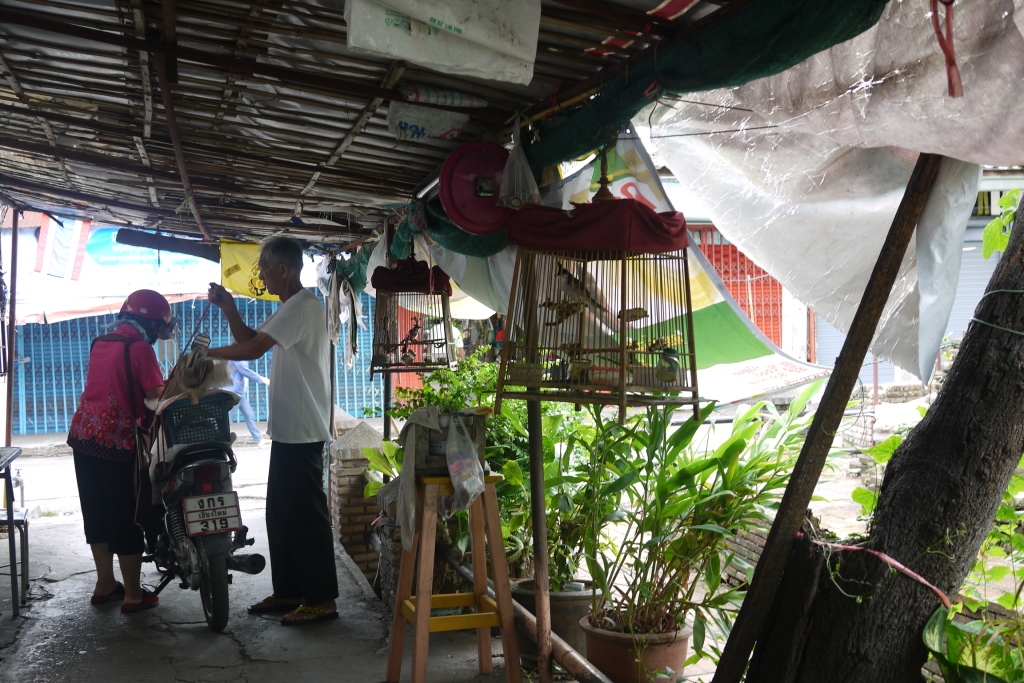
House of Ancestors
Montri Muenkaew’s home was built by his father. His parents decided to settle here after the Second World War and today three out of the five siblings continue to live here. “Moving away would mean an unfamiliar community. Here, my neighbors are all my relatives,” Montri said. He currently stays at home to look after his niece and young nephew while their mother goes to work. “This house belongs to my parents, my job is to keep it for the younger generations.”
